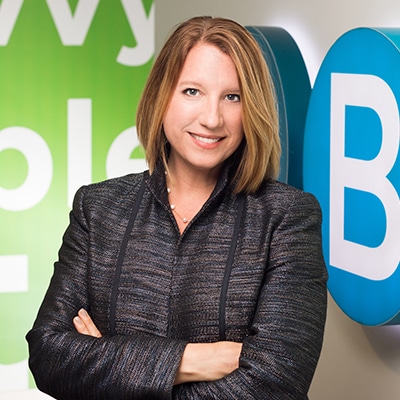Great news for sole proprietors, independent contractors and self-employed individuals who file IRS Form 1040, Schedule C for their business operations. On March 3, 2021, the Small Business Administration (SBA) issued a new Interim Final Rule (IFR) relating to the Paycheck Protection Program (PPP) that now allows these borrowers to use either Gross Income or Net Profit as reported on Schedule C to maximize the loan amount.
The IFR also removed the eligibility restriction that (1) prevents businesses with owners who have non-financial fraud felony convictions in the last year from obtaining PPP loans and (2) removes the eligibility restrictions that prevent businesses with owners who are delinquent or in default on their Federal student loans from obtaining PPP loans. All of these changes apply to both the first and second draw of PPP loans.
The SBA has also created two new loan application forms for Schedule C filers using Gross Income – first draw application (Form 2483-C) and second draw application (Form 2483-SD-C).
Prior to this IFR, the owner’s compensation of the loan amount calculation was limited to the net earnings reported on Schedule C Line 31. The SBA made this change to better reflect the fixed and other business costs that a small business must cover to stay in operation, therefore keeping the owner employed. This change includes covering business expenses as well as Net Profits. The SBA determined these changes would reduce barriers to accessing the PPP and expand funding among the smallest businesses.
How is my PPP loan calculated?
- If you are an owner with no employees, your PPP loan would be equal to Gross Income on Schedule C, Line 7 divided by 12 and multiplied by 2.5.
- If you are an owner with employees, your PPP loan would be equal to Gross Income on Schedule C, Line 7 plus compensation, health benefits, and retirement costs paid to your employees (payroll costs). The total Gross Income and payroll costs would then be divided by 12 and multiplied by 2.5.
You do have the choice to use either Net Profit (Line 31) or Gross Income (Line 7) for your loan amount calculation. Gross income will result in a higher loan amount. Unfortunately, if your PPP loan has already been approved as of the effective date (March 3, 2020), you cannot increase the PPP loan amount based on the calculation methodology. For a detailed understanding of the calculation, please refer to page 10 of the IFR.
Knowing there may be an increase in waste, fraud, or abuse, the SBA has implemented a policy:
- If the Schedule C filer elects to use the Gross Income to calculate its first draw PPP loan, and the borrower reported more than $150,000 in Gross Income on Schedule C to calculate the loan amount, the borrower will not automatically be deemed to have made the statutorily required certification concerning the necessity of the loan request in good faith, and the borrower may be subject to a review by SBA of its certification.
- If your loan is less than $150,000, the borrower will have presumed to have made the request in good faith based on necessity.
- This safe harbor exclusion does not apply to the second draw PPP loan, as the borrower must certify a reduction in gross receipts in excess of 25% relative to the relevant comparison time period.
In regards to the documentation required upon loan application, the borrower will need to provide the following:
- 2019 or 2020 IRS Form 1040, Schedule C and
- IRS Form 1099-MISC detailing nonemployee compensation received (box 7), invoice, bank statement, or book of record that establishes you are self-employed.
In order to achieve 100% forgiveness, the borrower will need to spend the PPP proceeds on proprietor expenses, which includes business expenses plus owner compensation calculated, based on 2019 or 2020 (using the same year the loan amount is based on). See page 14 of the IFR for further discussion on the uses of the loan proceeds based on your situation.
If you have not yet applied for a PPP loan or had been excluded because your Schedule C Line 31 Net Profit was zero or a loss, we suggest you review your 2019 or 2020 income tax return to see what your Schedule C Line 7 reported to determine what your PPP loan could be. You may now be eligible for a PPP loan. If you are eligible, please reach out to your bank as soon as possible to start the loan application process as the PPP closes again on March 31, 2021.
GBQ continues to monitor the guidance and will update you as new information is released. In the meantime, do not hesitate to reach out to one of our PPP team members, including Rebekah Smith, Dustin Minton, or Jeremy Bronson, should you require assistance or have questions.
Article written by:
Rebekah Smith, CPA, CFF, CVA, MAFF
Director of Forensic & Dispute Advisory Services
Dustin Minton, CPA, MBA
Director, Assurance & Business Advisory Services
Jeremy Bronson
Director, Accounting & Business Advisory Services

